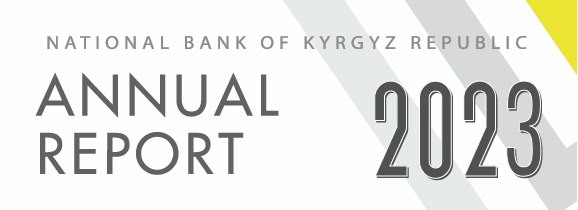Deposits
( 2009 year)
In 2009, the deposit base of operating commercial banks continued increasing. In general within the year of 2009, the deposits balance increased by 34.0 percent and constituted 39.6 million soms as of the end of December. Without influence of the USD exchange rate dynamics, the deposit base increased by 25.9 percent from the beginning of the year. Increase in the deposit balance on one of the largest commercial banks had a considerable effect of this growth (the deposit base increase constituted 7.6 percent exclusively of this bank). At that the increase in deposits was noted both in the national and foreign currencies. The main contribution into the deposit balance growth was provided by the foreign exchange share of the commercial banks deposits, having increased by 45.5 percent up to 24.8 billion soms (the growth rate in equivalent to USD constituted 31.4 percent by the beginning of the year). At that deposits in the national currency increased by 18.4 percent and constituted 14.8 billion soms by the end of 2009.
As a result of considerable increase in the national currency deposits balance, the level of the deposit base dollarization increased by 4.9 percentage points in comparison with the beginning of the year and constituted 62.6 percent.
Alongside with this, there was the positive tendency for the population’s deposits growth, the share of which increased from 23.3 to 24.3 percent in the overall volume of the deposit base (see the Diagram No.2).
In time structure of the deposit base, there was reduction of the attracted banking resources maturity. Thus within the year, the share of demand deposits increased by 5.4 percentage points and constituted 70.1 percent as of the end of December. At that in the structure of fixed deposits, the share of short-term deposits increased by 0.3 percentage points and constituted 25.0 percent, whereas the share of long-term deposits decreased from 11.0 to 4.0 percent. As a result, the deposit base duration decreased from 5.2 (as of the beginning of the year) to 3.1 months (as of the end of December); as for fixed deposits, duration decreased by 4.3 months and 10.3 months.
Considerable increase in deposits of the bank, presenting the dominating share in the deposit market, provided growth of the overall concentration index of this market from 0.13 (as of the beginning of the year) to 0.22 (as of the end of December), which testified a high concentration level of the market and was equivalent to division of the market between four banks with equal shares.
In 2009, there was some growth retardation of newly attracted deposits volume, which was provided by decrease in foreign currency deposits. This relates to increased foreign exchange market at the background of considerable fluctuations of the USD exchange rate in external markets and uncertainty of its dynamics in the domestic market. During the year, banks attracted deposits for the total sum of 83.6 billion soms, which was 0.6 percent higher than the corresponding period of 2008. This increase was related to growth of deposits in the national currency by 7.6 percent up to 33.8 million soms, whereas deposits in foreign currency decreased by 3.7 percent and constituted 49.8 billion soms.
The share of demand deposits in the structure of accepted deposits decreased by 2.2 percentage points in comparison with 2008 and constituted 74.9 percent. Increase in the share of fixed deposits provided the growth of short-term deposits (by 13.3 percent), the share of which increased from 18.5 to 20.9 percent, whereas the share of long-term deposits decreased by 0.2 percentage points and constituted 4.2 percent. Growth of the fixed deposits had a positive effect on increase in duration of newly accepted deposits in comparison with 2008: overall duration of the accepted deposits increased from 2.1 to 2.5 months and overall duration of the fixed deposits increased from 9.3 to 9.9 months.
The average interest rate on newly accepted deposits in the national currency constituted 2.8 percent that was 0.4 percentage points higher than the corresponding index of 2008. Herewith the average rate on demand deposits decreased (by 0.2 percentage points) and constituted 0.4 percent. The weighted average rate on fixed deposits in the national currency increased by 2.3 percentage points and amounted to 9.1 percent, under the influence of the increase in rates on all types of fixed deposits, except for the deposits for the period up to 1 month.
In the structure of banks, the average level of rates on newly accepted fixed deposits in the national currency decreased in three banks, whereas in other banks rates increased.
The real rate on fixed deposits in the national currency within the reporting period constituted 1.3 percent against -13.1 percent in 2008. This change was provided by considerable decrease in the inflation level on an annualized basis.
Cost of newly accepted deposits in foreign currency increased by 0.8 percentage points and constituted 1.7 percent within the reporting period. The weighted average interest rate on demand deposits in foreign currency increased inconsiderably from 0.2 to 0.4 percent, whereas the weighted average interest rate on fixed deposits in foreign currency increased by 2.1 percentage points and constituted 8.0 percent. At that increase in the deposits cost was noted for all types of fixed deposits, except for the deposits with the least duration (up to 1 month).
In the structure of deposits by banks, the average rate on newly accepted fixed deposits in foreign currency decreased in 6 banks and increased in other banks.









